A former Dundee nurse has lifted the lid on how staff were terrified of Sam Eljamel – and how she became a victim of the disgraced surgeon.
Pam Woodfield, 48, later forced to retire aged 36 due to his negligence, was disturbed by the rogue doctor’s behaviour when she worked with him on the ward.
But she claims her concerns were dismissed by senior colleagues who excused his outbursts.
“He walked around the ward as if he was God,” Pam told The Courier.
It’s the first time a nurse has publicly described what it was like to work under the surgeon, now at the centre of a landmark public inquiry.
Pam worked with Eljamel in the late 1990s in Dundee Royal Infirmary and Ninewells Hospital when she was a student nurse.
It was long before anyone knew the scale of harm he was inflicting on patients.
But Pam says she noticed him acting like a bully and scaring staff working below him.
Recalling her experience, she says: “I was a student, and I was taking notes when doing the ward round.
“I couldn’t hear him, so I asked him to repeat himself.
“He told me to get out the way, and he told me nobody ever spoke to him during a ward round.
“Staff were terrified of him.”
Pam had attended Dundee Royal Infirmary since she was a young girl for treatment, so personally knew and trusted many senior nurses.
Yet she says her concerns over Eljamel fell on deaf ears.
‘It sickens me’
“I tried,” she says.
“A lot of the nurses had nursed me since I was a child, so I knew them as friends.
“They just kept on saying, ‘that’s his way’. I said, ‘his way is wrong’.
“None of them said anything. It sickens me.”
Even though Pam disliked Eljamel’s methods, she had no idea what was really going on.
The disgraced surgeon would later cost Pam her own career as a medic due to his negligence, she claims, forcing her to retire aged just 36.
Pam was born with Hydrocephalus, a condition which leads to a build-up of fluid in the brain.
She was fitted with a “shunt” as a baby, a tube which functions like a tap by draining the fluid to other parts of the body.
Pam first saw Eljamel as a patient in 2003 because she was suffering regular headaches.
By that time she was working in a nursing home in Dundee.
“I had reservations,” she says. “When I did ask, they said he was the only option.”
Eljamel carried out a shuntogram, a procedure where dye is inserted into the shunt via a tube to check for blockages.
Pam claims Eljamel was not inserting the dye into the correct place, leaving her in agony.
She says: “I kept on screaming that I was in pain. I caught his wrist and said to get off me.”
In the decade that followed, Pam underwent several procedures to adjust or fix the shunt while her headaches persisted.
She was later to be fitted with an “anti-siphon” device which would help regulate the shunt, but her health kept deteriorating.
It was only later she would discover from another neurosurgeon that the anti-siphon valve had never been fitted.
She now believes Eljamel was not operating on her shunt at all when he carried out several surgeries.
“I don’t know what he was doing,” she says.
“I had to give up my career as a nurse. It was the career I’d always wanted to do.
“I was told I’d never amount to it due to my health problems. To give it up was devastating.”
Eljamel continues to operate with impunity in Libya.
“I hate him,” Pam says. “There are no words.”

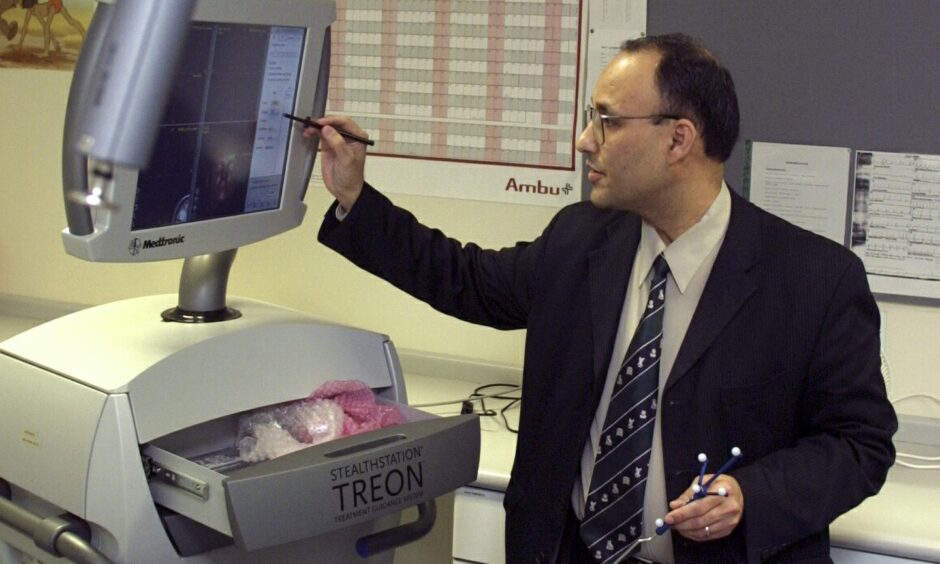



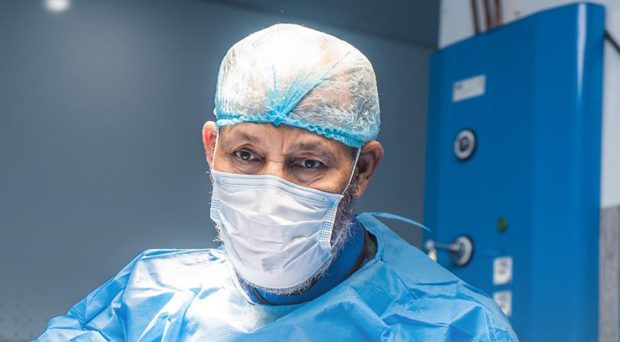
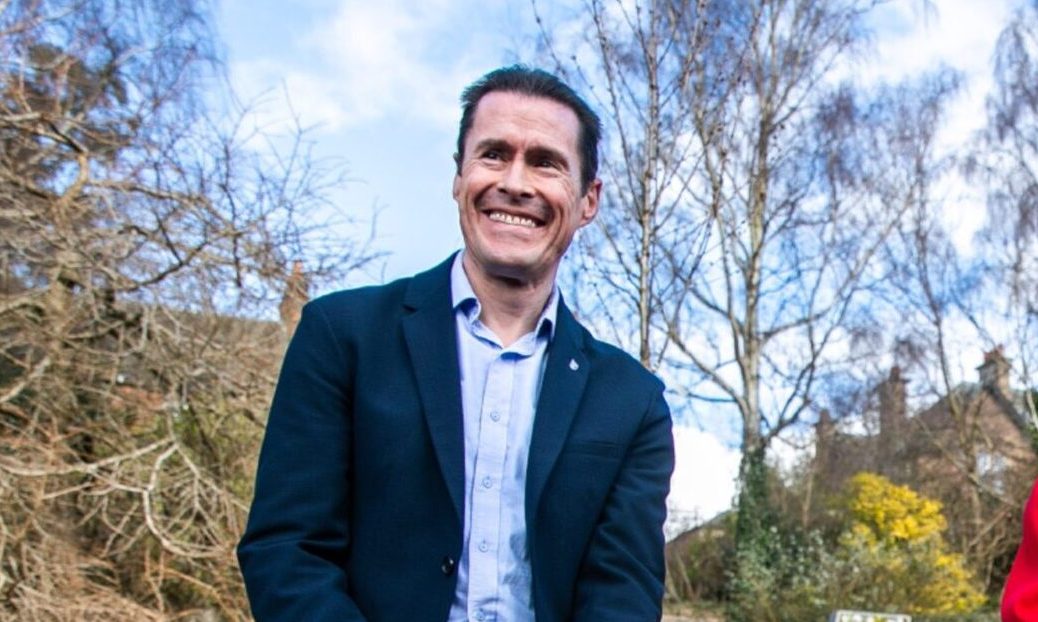


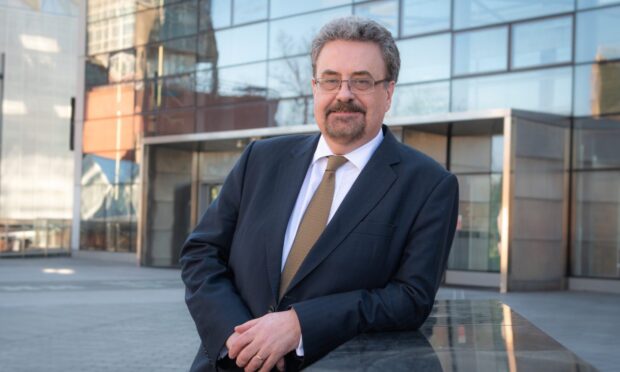

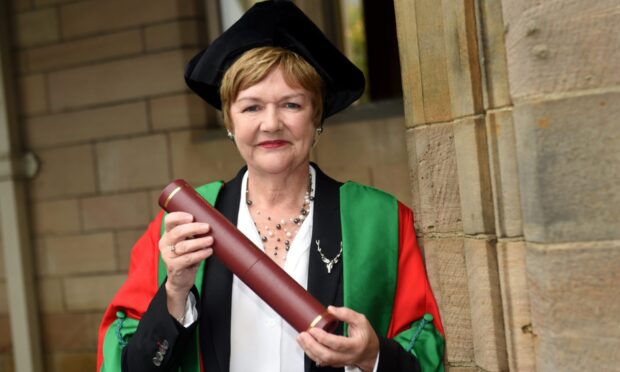


Conversation